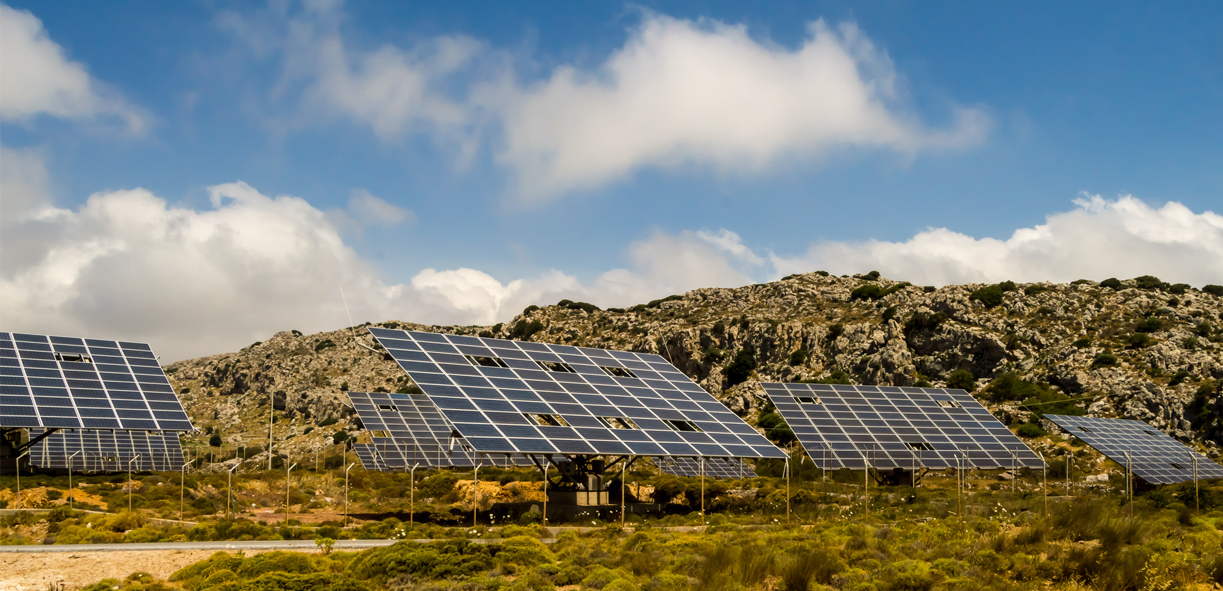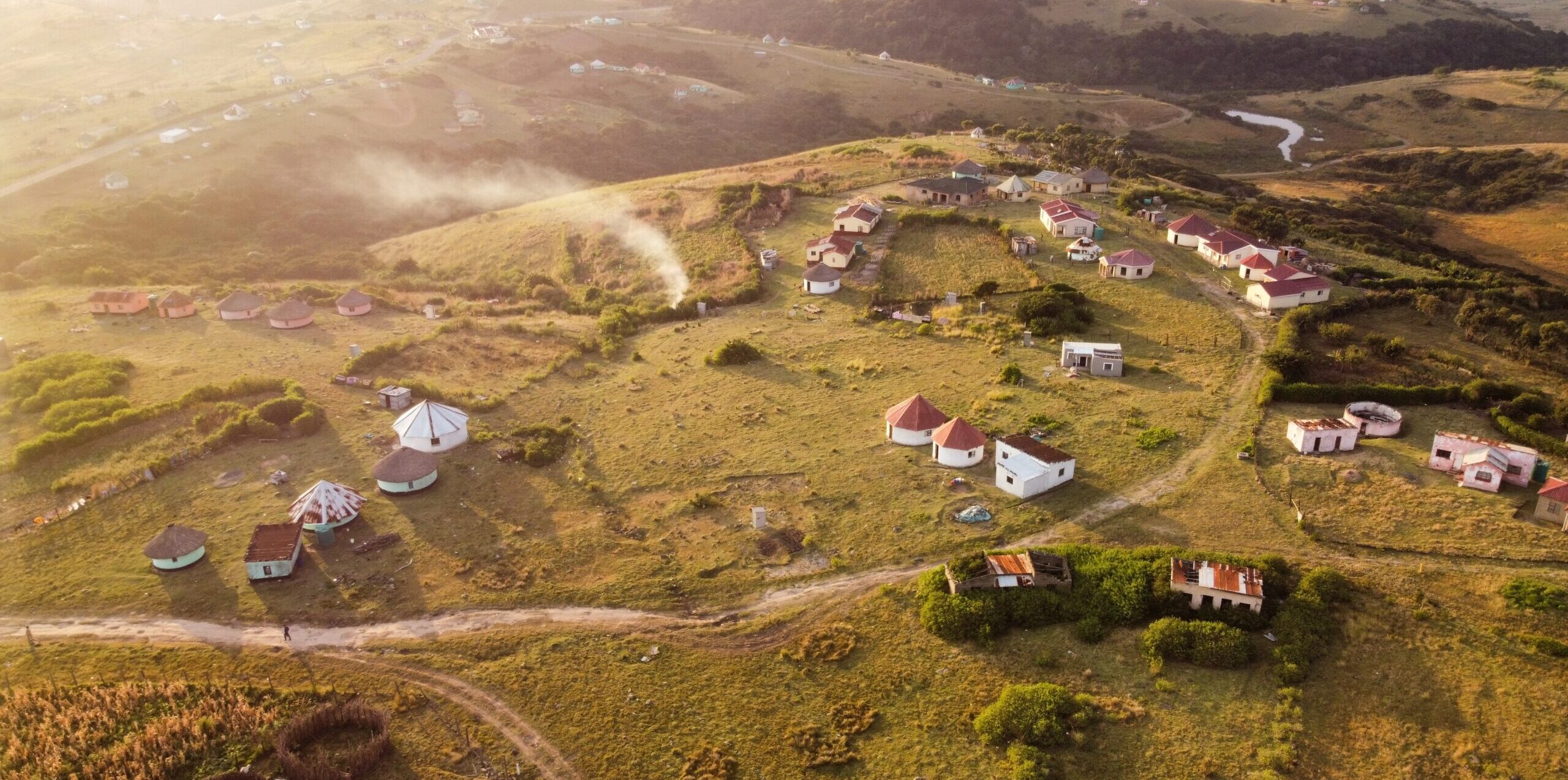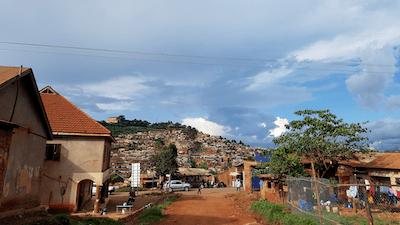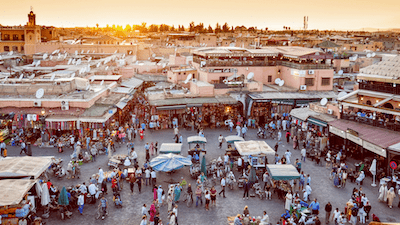Support for Least Developed Countries
Those countries with mature and strong regulatory frameworks, and higher levels of investor security, tend to attract greater levels of investment. However, these conditions are often lacking in Least Developed Countries (LDCs) – poorer economies that are in greater need of donor support.
It is estimated that some 60% of the population of LDCs lack access to any kind of electricity – according to the UN, 33 of these 46 LDCs are located in Africa. These LDCs have around just 8% of the capacity of other developing economies to generate electricity per person, and barely 2% that of wealthier nations. This acts as a major hinderance to the economic development of these 33 countries, which between them constitute over 70% of Sub-Saharan Africa’s 46 nations.
It is against this backdrop that European efforts are being increasingly targeted towards those areas in which it can have the greatest impact. Of the identified grants committed by EU Institutions and Member States between 2014-2020, some 59% of this total was directed to LDCs – which itself accounts for 47% of all grants extended to these countries by the international community.
These efforts are also reflected in the greater levels of concessionality extended to LDCs overall. The available data show that not only did grants account for 64% of all EU Institutions and Member States‘ ODA disbursements to LDCs between 2014-2020, but that the grant element of ODA loans (which accounted for 33% of flows to LDCs) stood at 57%. The data further appears to show that grants account for a lesser proportion of overall funding to Lower Middle Income Countries (LMICs – 20%) and Upper Middle Income Countries (UMICs – 8%), while the grant element of these loans is shown to be on average 51% and 45% respectively.
Despite considerable hard work, many LDCs are falling further behind in efforts to meet SDG7, with energy sector investment having been attracted to LMIC and UMIC markets like Egypt, Morocco and South Africa, each of which has promoted successful renewable energy procurement rounds that have attracted large-scale private financing.
Support for LDC infrastructure financing by EU and Member State sources is moving in the right direction. However, there is more to do, as underlined by the EU’s commitment to allocate at least 0.15% of gross national income in overseas development assistance to LDCs in the short term and 0.2% by the 2030 Agenda deadline.




